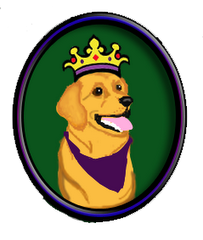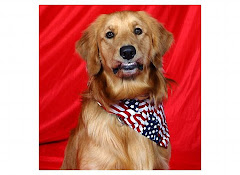Review of Vital pet food
The first thing that attracted me about the food was the ingredient list. There are no preservatives of any kind, hence the need for the food to be refrigerated. There are several product lines produced by Freshpet....Freshpet Select, Vital, Deli Fresh, a couple types of treats, and a veterinary line as well. I tried their Vital line, which is their grain-free line. All the flavors are 85-90% meat protein, and 10% fruits and vegetables. There are no fillers of any kind, and the ingredients are minimally processed to preserve their nutritional values. The Freshpet Select line includes small amounts of brown rice and rice bran in addition to the meats and veggies.
I will use the Turkey Recipe formula of Vital as our example and examine the ingredients. They are: turkey, turkey liver, spinach, blueberries, pomegranate, cranberries, carrageenan, broccoli, natural flavors, inulin, green tree extract, plus a host of vitamins and minerals.
Let's take a closer look at the ingredients.
According to their site, most of their ingredients are of USA origin. The poultry is processed in a USDA inspected plant that processes human food. Due to FDA regulations, they are not allowed to call their meat USDA inspected, however. The salmon is wild-caught. Cranberries are harvested in New England, and blueberries from Canada. While the ingredients are not organic, they are from high quality sources. A couple formulas contain carrageenan, which is a seaweed extract used in both human and pet foods. It acts as a natural thickening agent to improve the form and texture of the food.
The only ingredient I was a little unsure of is inulin. Inulin is an extract of chicory root. It serves as a prebiotic to help nutrient absorption. It also serves as a natural, soluble fiber source to aid in digestion, which is important with a diet rich in meat and fish. There is a lot of good research describing the health benefits of inulin. There is a great article on the site Medical Herbalism that goes into detail about it. There are some sites that state that inulin is not recommended and discourage its use. From my own research, I think the benefits far outweigh any potential issues. This is my own personal opinion. If you have any doubts, you should check it out for yourself.
I received a sample of all four flavors of Vital. I can say that my pups absolutely loved it. They gobbled it up so quickly that I'm not sure they even tasted it. They must have, though, because they definitely wanted more. They did not have any problems with digestive issues when switching from their regular foods to Vital. I was very comfortable with the quality ingredients and would definitely feed it again. Having 5 dogs to feed, 4 of which weigh over 75 lbs, it would not be very cost effective for me to feed it exclusively. I like to rotate my dogs' foods between several high quality kibbles, a dehydrated raw food mix, and my own homemade dog food. I would have no qualms about adding Vital into my rotation of foods. Unfortunately it is not yet available very close to me, but I will be watching for it and will purchase some when I find it.
To sum it all up, it is a great, high quality food that your pets should absolutely love. I would definitely recommend it.
If you want to learn more, here is the link to their site. Freshpet.


















































